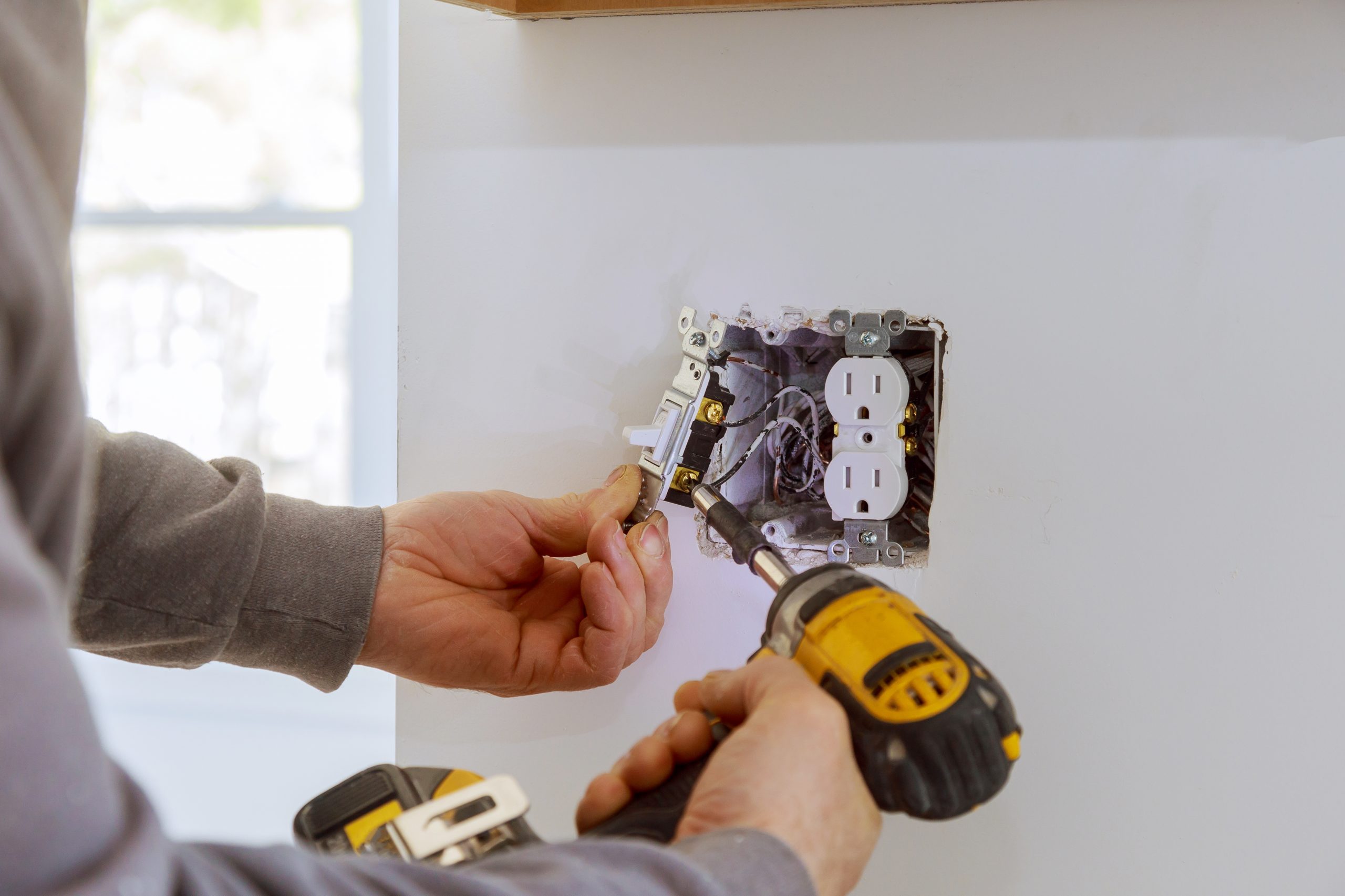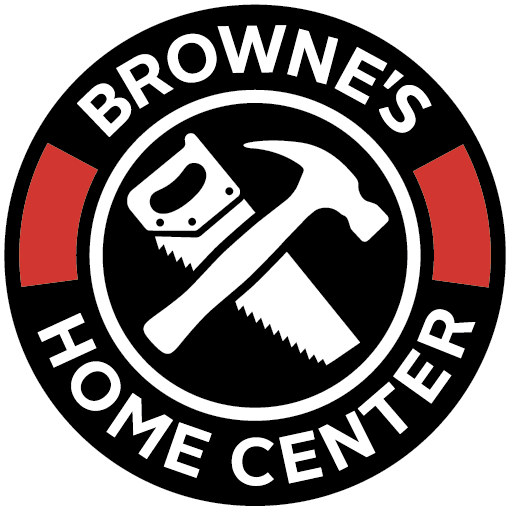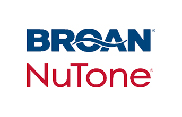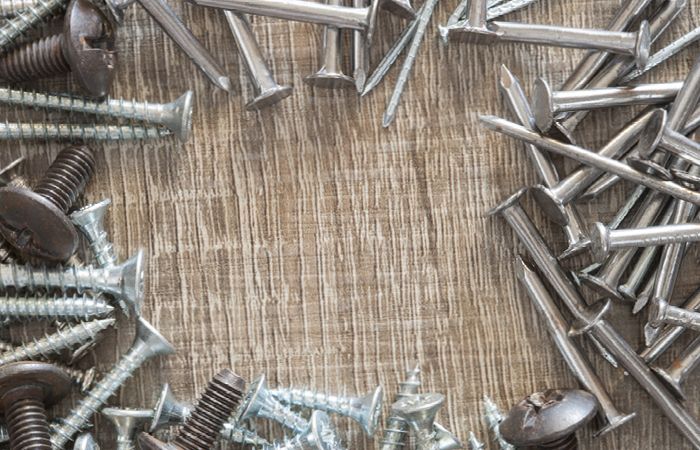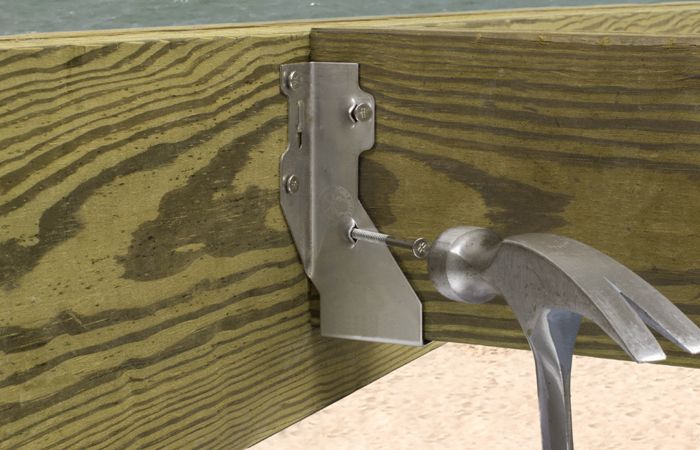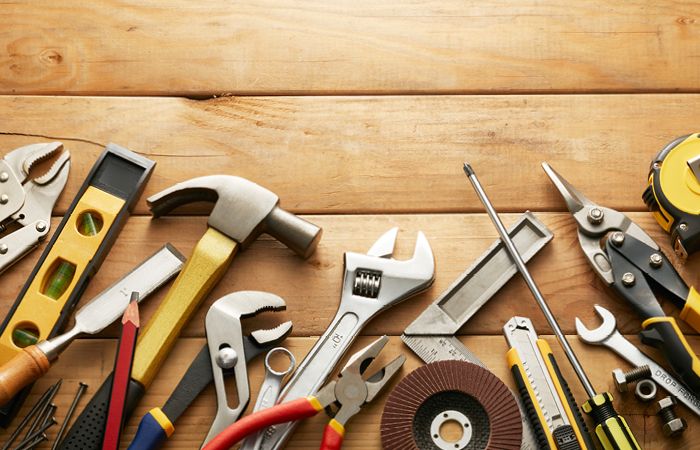The Main Circuit Breaker
This is the switch that goes on and off to control the flow of current. So if there is an overload due to a short circuit or because too many appliances are running simultaneously, the corresponding circuit breaker automatically trips to shut off the flow of current.Standard breakers can be further subdivided into the following two categories:
- Single-Pole Breaker These single switches are typically between 15-20 amps, are commonly found in most circuit breakers and can handle up to 120 volts.
- Double-Pole Breaker These pole breakers are available in different amperages and can handle 240 volts. Double-pole breakers are designed for large home appliances like air conditioners, water heaters, washing machines and stoves.
Arc Fault Circuit Interrupters
These are special purpose circuit breakers designed for additional safety against electric fires and electrocution. Sub-Panels – sub-panels are small breaker boxes designed to handle more circuits when you don’t have the space to accommodate new circuits.
Bus Bars
The two rows in the main circuit breaker panel connect to hot bus bars. This is where the current flows from the main breaker to the branching circuits and reaches the outlet.
